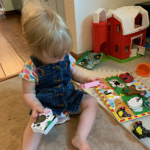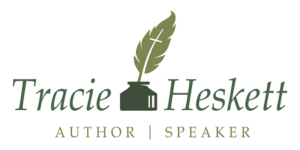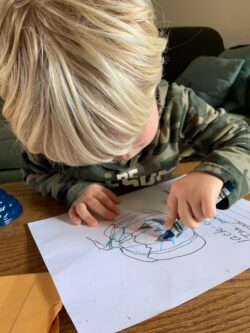We’re facing another uncertain school year, which may lead families to consider home school. In the days when I taught in a small private school and later working with home school families, August brought a flurry of planning so I would have a direction for those first days and weeks of school.
If you’re only now making a decision to home school, overwhelming thoughts may keep you awake at night, as they did me when I considered sharing from my experience. Perhaps you’ve started down this path because you aren’t sure about virtual learning.
The first question on your list might be
How can I do this without purchasing an online home school program?
And if not a pre-packaged program, then what?
- How will I know what to teach?
- What materials will I use? Will I purchase “curriculum” or textbooks? Will I use what I have or make it up as I go along?
- If I use curriculum and/or textbooks, will activities be included? I don’t want my children only reading pages and answering questions or completing worksheets.
- How will I organize it all?
Many sites offer activity ideas and free printable materials. It would be easy to download anything that captures your (family’s) interests.
The question is how to fit it all in—to make sure if the children return to a public school classroom in a year or so, they’re not behind. In my classroom setting, I had roughly four hours per day to teach reading, writing, math, science, social studies, and Bible. There were three grades in the room. Not so different from what you might face with multiple children around the kitchen table.
The key is to use “thematic” teaching across subject areas. For example, when children learn about farms in social studies, they in the same month learn about plants and gardening and healthy food in science. Perhaps in writing they create a garden plan and write about their favorite healthy food. 
Each year I started with a year plan. This example is incomplete, but it demonstrates how similar topics across subject areas can be combined. Aside from teaching across subject areas (for example, using reading time to read text related to the current social studies, science, or Bible topic), the other way to fit it all in is to not teach science and social studies on the same day. Moving back and forth between science and social studies every one to three weeks is less overwhelming for everyone. Since those days of integration, I’ve since had the opportunity to write a series that integrates math topics with reading, which was a fun challenge.
Topics may be drawn from family interests, research on grade-level topics, or curriculum on hand. At the beginning of each resource book series, I created lists of topics for the lessons. Aside from a few topics that are more or less appropriate for specific ages, not many topics are off-limits. This is the fun part of planning! In the next post we’ll consider how to add academic relevance to those topics.

